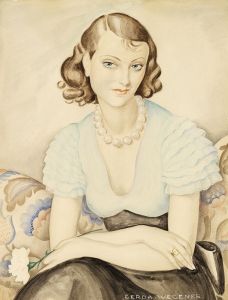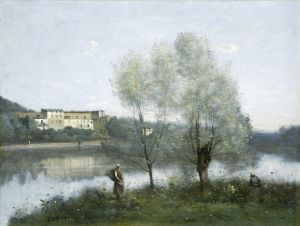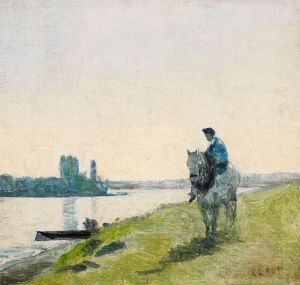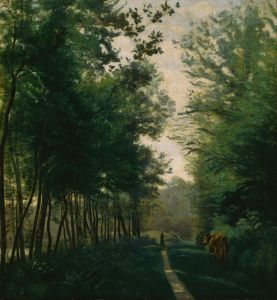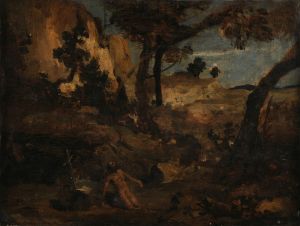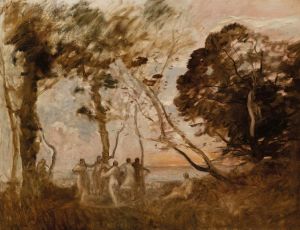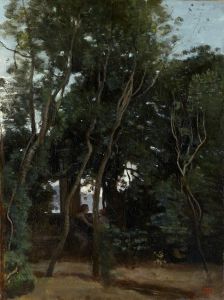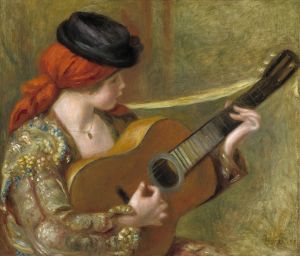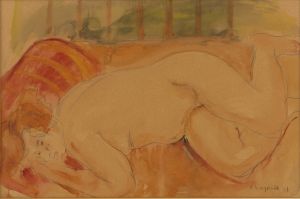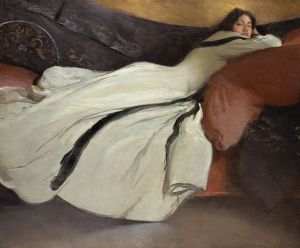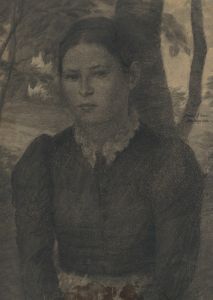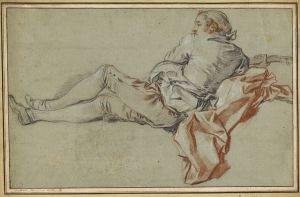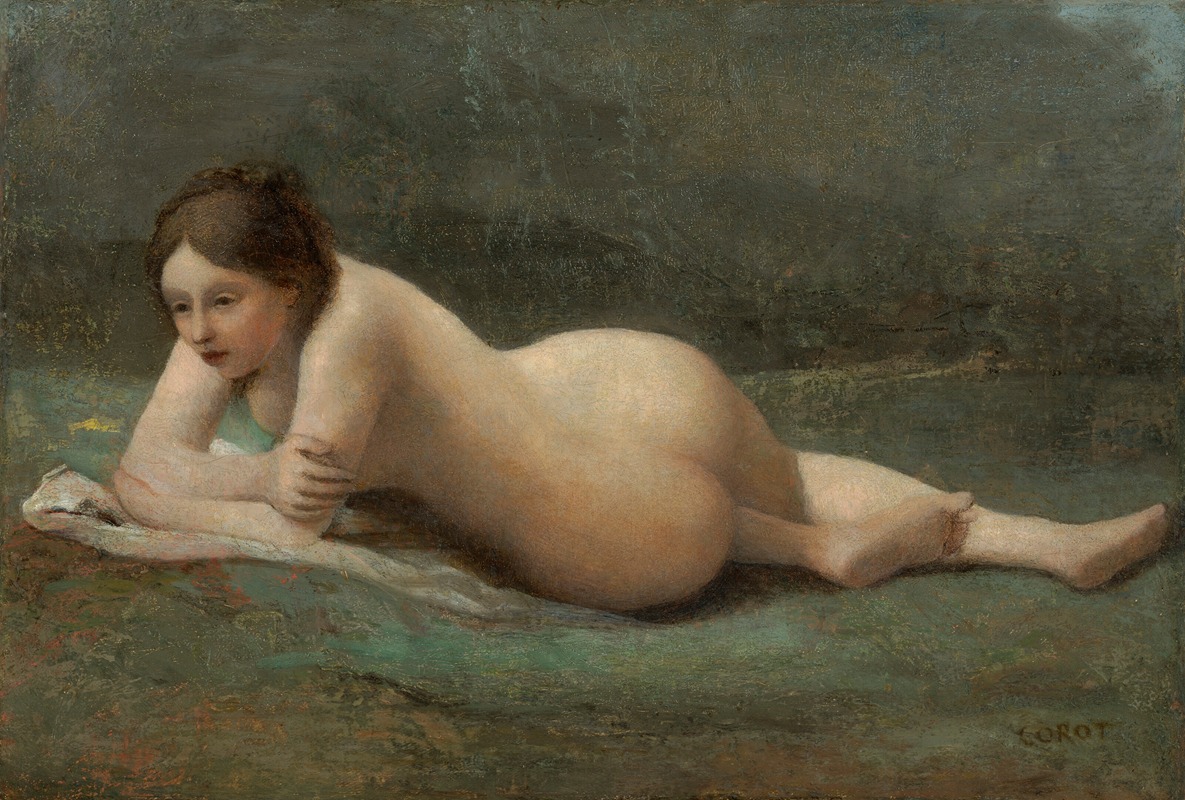
Jeune femme étendue sur l’herbe
A hand-painted replica of Jean-Baptiste-Camille Corot’s masterpiece Jeune femme étendue sur l’herbe, meticulously crafted by professional artists to capture the true essence of the original. Each piece is created with museum-quality canvas and rare mineral pigments, carefully painted by experienced artists with delicate brushstrokes and rich, layered colors to perfectly recreate the texture of the original artwork. Unlike machine-printed reproductions, this hand-painted version brings the painting to life, infused with the artist’s emotions and skill in every stroke. Whether for personal collection or home decoration, it instantly elevates the artistic atmosphere of any space.
Jean-Baptiste-Camille Corot, a pivotal figure in landscape painting, created "Jeune femme étendue sur l’herbe" during the 19th century, a period marked by significant transitions in art. Corot, born in Paris in 1796, is often associated with the Barbizon School, a movement that emphasized naturalism and was a precursor to Impressionism. His works are celebrated for their poetic quality and masterful handling of light and atmosphere.
"Jeune femme étendue sur l’herbe," which translates to "Young Woman Lying on the Grass," exemplifies Corot's ability to blend figure painting with landscape, a skill that set him apart from many of his contemporaries. This painting captures a serene moment, depicting a young woman reclining on a grassy field. The composition is simple yet evocative, showcasing Corot's talent for creating a tranquil and intimate scene.
Corot's approach to painting was characterized by his use of soft, muted colors and a delicate touch, which is evident in this work. The palette typically includes gentle greens, browns, and grays, reflecting the natural environment and lending a sense of harmony to the composition. The young woman, the focal point of the painting, is rendered with a sense of realism and grace, embodying the quiet beauty that Corot often sought to capture.
The background of the painting is equally important, as Corot was known for his landscapes. The setting is likely inspired by the French countryside, a frequent subject in his oeuvre. The trees and foliage are depicted with a loose brushwork that suggests movement and life, a technique that Corot mastered and which influenced later Impressionist painters.
Corot's influence extended beyond his own time, impacting artists such as Claude Monet and Camille Pissarro. His ability to convey mood and atmosphere through landscape and figure painting was revolutionary, bridging the gap between the neoclassical tradition and the emerging modernist movements. "Jeune femme étendue sur l’herbe" is a testament to his skill in capturing the subtleties of light and shadow, as well as his sensitivity to the natural world.
The painting reflects Corot's philosophy of art, which emphasized observation and the direct study of nature. He often worked en plein air, or outdoors, which allowed him to capture the changing effects of light and weather on the landscape. This practice was relatively novel at the time and laid the groundwork for the Impressionists, who would take this approach to new heights.
Corot's legacy is significant, as he is considered one of the great landscape painters of the 19th century. His works are housed in major museums around the world, and "Jeune femme étendue sur l’herbe" remains an important piece within his body of work. It exemplifies his unique ability to blend the human figure with the natural environment, creating a harmonious and contemplative scene that continues to resonate with viewers today.
In summary, "Jeune femme étendue sur l’herbe" by Jean-Baptiste-Camille Corot is a quintessential example of his artistic style and contribution to the development of modern art. Through his delicate brushwork and keen observation of nature, Corot created a work that captures the quiet beauty of a moment in time, reflecting both his mastery of technique and his profound influence on future generations of artists.





